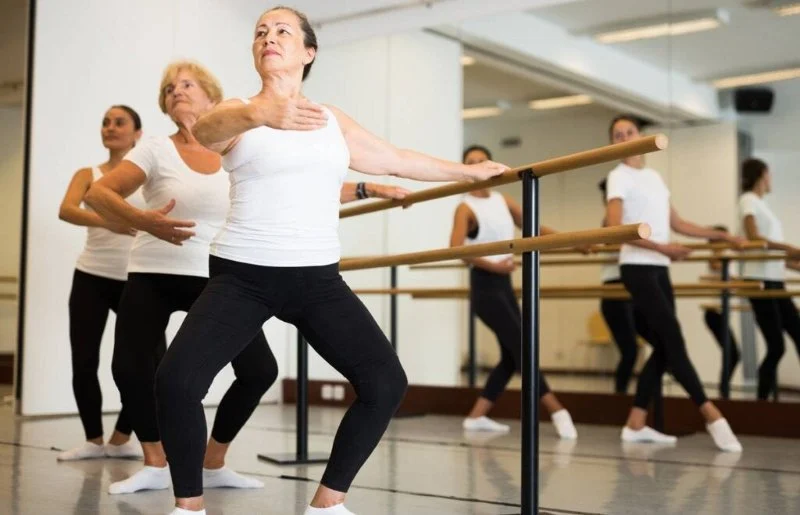
Ballet for Seniors – What You Need to Know
- - The Benefits of Ballet for Seniors
- - How Ballet Improves Flexibility and Strength
- - Tips for Starting Ballet as a Senior
- - Real-Life Stories: Seniors Who Have Benefited from Ballet
- - Finding the Right Ballet Class for You
1. The Benefits of Ballet for Seniors
Ballet is often associated with young dancers, but it has numerous benefits for seniors as well. For older adults, ballet can be a gentle, yet effective form of exercise that promotes overall health and well-being. Beyond just physical fitness, ballet helps improve mental health, balance, and coordination—qualities that are essential for aging gracefully.
1.1 Physical Health Benefits
Engaging in ballet as a senior can help you maintain and even improve your physical health. The fluid movements involved in ballet help to enhance joint mobility, improve posture, and build strength in the muscles. Ballet is also a low-impact exercise, which makes it gentle on the joints, while still providing cardiovascular benefits. Seniors can gain flexibility and improved balance, which are essential to reduce the risk of falls and injuries.
1.2 Mental Health and Cognitive Benefits
Aside from the physical benefits, ballet is an excellent way to maintain mental agility. Learning new movements and routines can help improve memory and cognitive function. The focus required for ballet also helps reduce stress and increase overall well-being. Many seniors report feeling happier and more energized after taking ballet classes, as it offers a creative outlet and a sense of accomplishment.
2. How Ballet Improves Flexibility and Strength
Flexibility and strength are crucial for seniors to stay active and independent. Ballet, with its emphasis on stretching, strengthening, and fluid movements, is a fantastic way to build both. The barre exercises in ballet target key muscle groups, while the stretching routines help improve joint flexibility.
2.1 Ballet and Flexibility
Ballet incorporates stretching techniques that lengthen the muscles and help increase range of motion. The practice of pliés, tendus, and other ballet movements helps improve the elasticity of the muscles, which is especially important for seniors. Increased flexibility not only prevents injuries but also helps seniors move with more ease and fluidity.
2.2 Building Strength Through Ballet
Even though ballet is often seen as a graceful art form, it also requires strength. Ballet movements like pliés (bending the knees) and relevés (rising on the toes) strengthen the legs, hips, and core muscles. This builds strength that is essential for everyday activities like walking, climbing stairs, or standing up from a seated position. Strengthening the core, in particular, helps with posture and balance, which are critical for preventing falls in older adults.
3. Tips for Starting Ballet as a Senior
If you’re new to ballet, it’s important to approach it at a pace that suits your current fitness level. Here are some tips for seniors looking to begin their ballet journey:
3.1 Start Slow and Be Patient
Starting ballet as a senior is all about listening to your body. Begin with beginner classes or modified ballet exercises designed for seniors. Focus on mastering the basic movements before advancing to more complex routines. It's important to be patient and allow yourself time to improve.
3.2 Warm Up and Stretch
Like any physical activity, warming up is essential to prevent injury. Stretching before and after your ballet class will keep your muscles flexible and help you recover faster. Proper warm-ups also prepare your body for the movements in the class and reduce the risk of strain.
3.3 Use Support If Needed
When starting ballet, it can be helpful to use a chair or barre for extra support, especially for balance exercises. Don’t hesitate to take breaks and rest if needed. As you gain confidence and strength, you can gradually reduce reliance on the support.
4. Real-Life Stories: Seniors Who Have Benefited from Ballet
Many seniors have experienced remarkable improvements in their physical and mental health through ballet. Take the story of Jane, a 68-year-old woman who began taking ballet classes after her doctor recommended it to help with her arthritis. After just a few months, she noticed significant improvements in her mobility and strength, and her arthritis pain became more manageable. Jane also shared that the social aspect of the class made her feel more connected and less isolated.
Similarly, Michael, a 75-year-old retiree, found that ballet helped him regain his balance after a fall. He now feels more confident moving around and is no longer worried about falling. Ballet also helped improve his posture and muscle tone, allowing him to enjoy other activities, like hiking, with greater ease.
5. Finding the Right Ballet Class for You
Not all ballet classes are created equal, and it’s important to find one that fits your needs as a senior. Many dance studios offer classes specifically designed for older adults. These classes are slower-paced, focus on flexibility and balance, and are taught by instructors with experience working with seniors. If you’re unsure where to start, check local community centers, gyms, or specialized dance schools like American Dance Academy, which offer tailored ballet programs for seniors.
5.1 Online Ballet Classes for Seniors
If attending a class in person isn’t convenient, there are also many online options for seniors interested in ballet. Virtual classes offer the flexibility to practice from home while still benefiting from professional instruction. Look for online ballet classes that focus on senior fitness and flexibility.
Conclusion
Ballet is a wonderful way for seniors to stay fit, improve their mental health, and regain strength and flexibility. Whether you’re new to ballet or returning to it after a break, there are plenty of options available that can help you experience the many benefits of this art form. Remember to start slowly, listen to your body, and most importantly, have fun! If you’re ready to take the leap, consider checking out American Dance Academy for more information on classes and programs specifically designed for seniors.


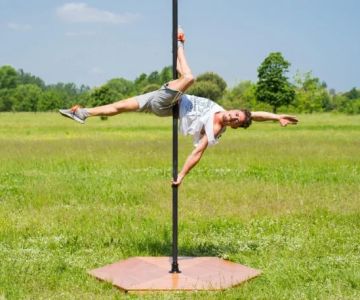
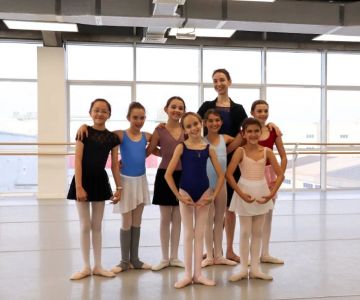
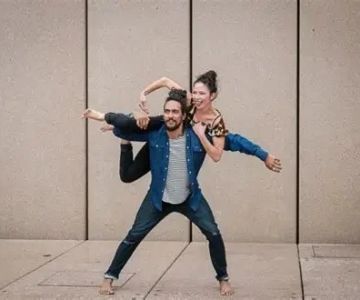
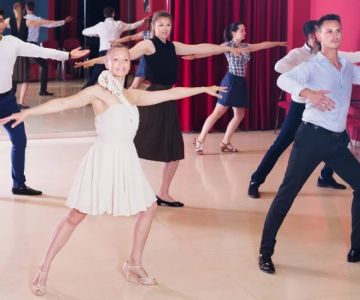
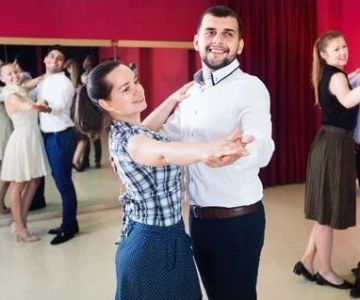
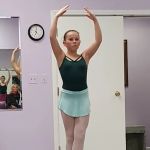 Barrington Dance Academy5.0 (22 reviews)
Barrington Dance Academy5.0 (22 reviews) Canyon Concert Ballet4.0 (17 reviews)
Canyon Concert Ballet4.0 (17 reviews) Big City Dance Center LLC4.0 (25 reviews)
Big City Dance Center LLC4.0 (25 reviews) Tye Chua Dance & Kalamazoo Ballet5.0 (18 reviews)
Tye Chua Dance & Kalamazoo Ballet5.0 (18 reviews) Fenton Ballet Theatre4.0 (24 reviews)
Fenton Ballet Theatre4.0 (24 reviews) Front Street Dance Center5.0 (7 reviews)
Front Street Dance Center5.0 (7 reviews) Are There Dances in Middle School? What Students and Parents Should Know
Are There Dances in Middle School? What Students and Parents Should Know How a Dance School in Instagram Builds Community and Success
How a Dance School in Instagram Builds Community and Success Why Do Schools Teach Square Dancing?
Why Do Schools Teach Square Dancing?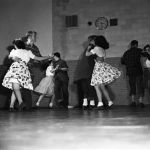 Why Was Square Dancing Taught in School?
Why Was Square Dancing Taught in School? Why Swing Dance Is Popular for Adults
Why Swing Dance Is Popular for Adults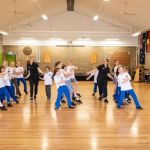 A School Dance: How to Prepare, Shine, and Make It Unforgettable
A School Dance: How to Prepare, Shine, and Make It Unforgettable